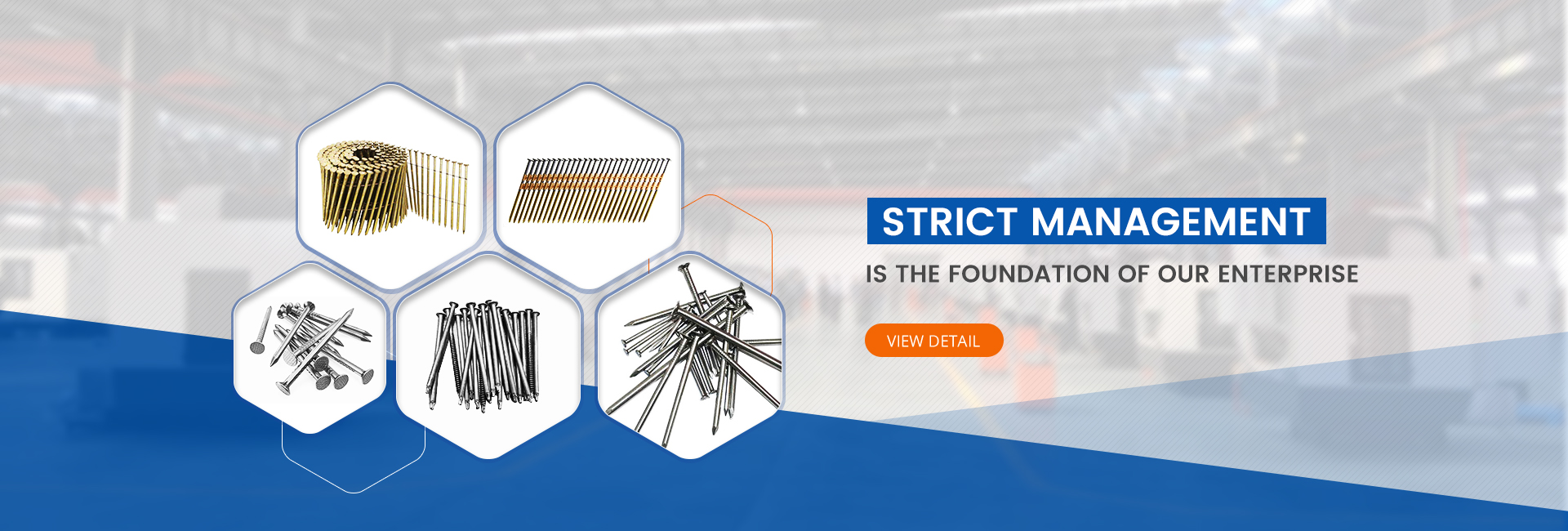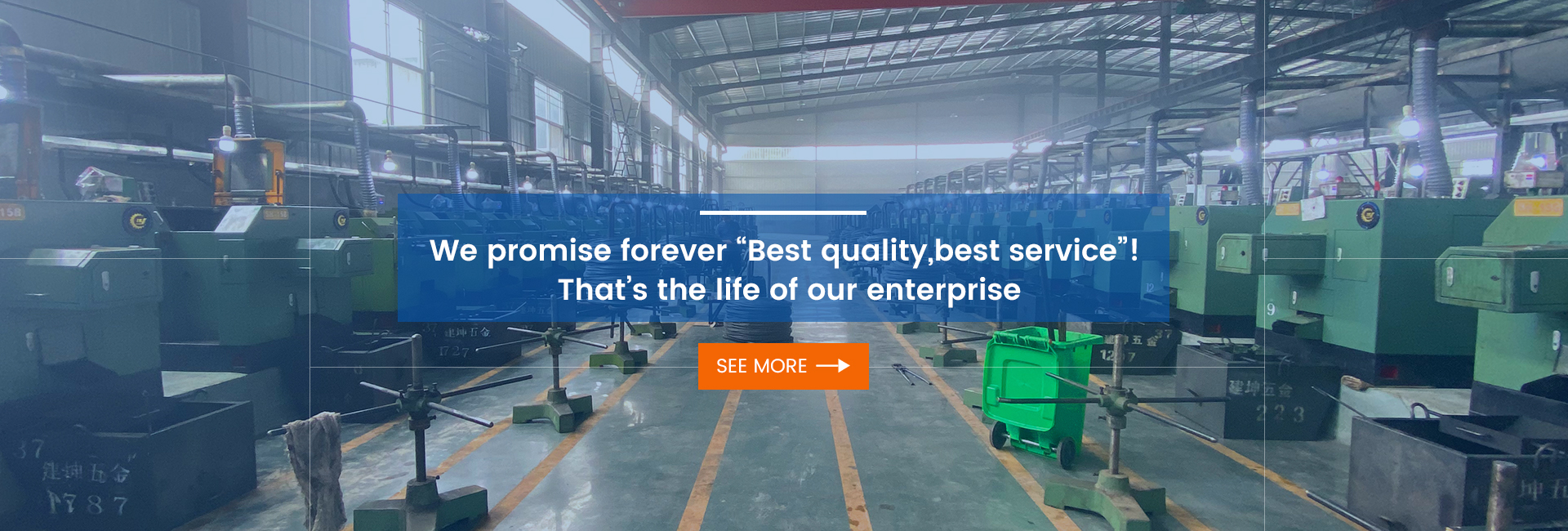I. Operation of the Thread rolling machine can be done by changing the working position of the selector switch, which can select automatic rolling and foot-operated rolling as well as manual rolling.
Automatic cycle mode: start the hydraulic motor, turn the selector switch to automatic, and adjust the automatic input time and seat return time according to the hydraulic pressure requirement respectively. At this time, the sliding seat carries out the feeding movement under the hydraulic pressure controlled by the forward time relay, and the sliding seat carries out the backward stay movement under the control of the backward time relay.
Foot-type cycle mode: Insert the foot wire connector, when the time relay stops working, use the foot drop switch, the sliding seat moves forward under the hydraulic pressure, lift the foot after finishing the work rolling, the sliding seat returns under the hydraulic pressure.
There are also many types of rolling machine, including three-axis rolling machine, screw rolling machine, automatic rolling machine, etc., can be operated according to the actual situation.
Second, when installing the screw, the connecting rod should be wiped clean. When loading and unloading the roller, the roller wheel bar support seat should be removed separately and the roller should be installed on the roller wheel bar. Adjust the auger rollers to the desired axial position with the help of the adjustment washers. The ends of both rollers should be adjusted to the horizontal plane as far as possible and washers should be combined between the roller and the support bearing to prevent axial movement of the roller.
iii. The support seat shall be located in the center of the workpiece. As the diameter of the rolled piece changes, the position of the support seat needs to be changed. Adjustment method: loosen the two fixing bolts, move the support block to the required position and tighten the bolts.
Fourth, the support block is mounted on the support seat, the top is welded with carbide, loosen the fastening bolts of the support block, adjust the height of the support block by adding or removing shims at the bottom of the support block, and then fasten the bolts. The height of the support block plays an important role in the rolling process.
(1) The height of the support block depends on the specifications of the rolled workpiece, and it can be slightly higher or lower according to different workpiece materials. Generally speaking, for ordinary steel, high-quality carbon steel and non-ferrous metal workpieces, the center of the workpiece can be slightly lower than the center of the roller bar 0-0.25 mm. For high-strength high-quality alloy steel and stainless steel workpieces, the center of the workpiece can be slightly higher than the center of the roller bar. In use, the user should adjust according to the actual situation.
(2) The width of the support block should be based on the fact that the rolling wheel will not collide with the support block during rolling. For workpieces with diameters less than M10, the width should be taken close to the allowable width. For workpieces with diameters above M10, the top width of the support block is allowed to be larger, but need not exceed 18mm.
Post time: Nov-23-2023



